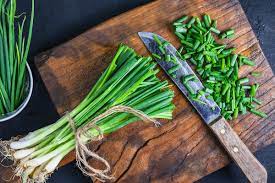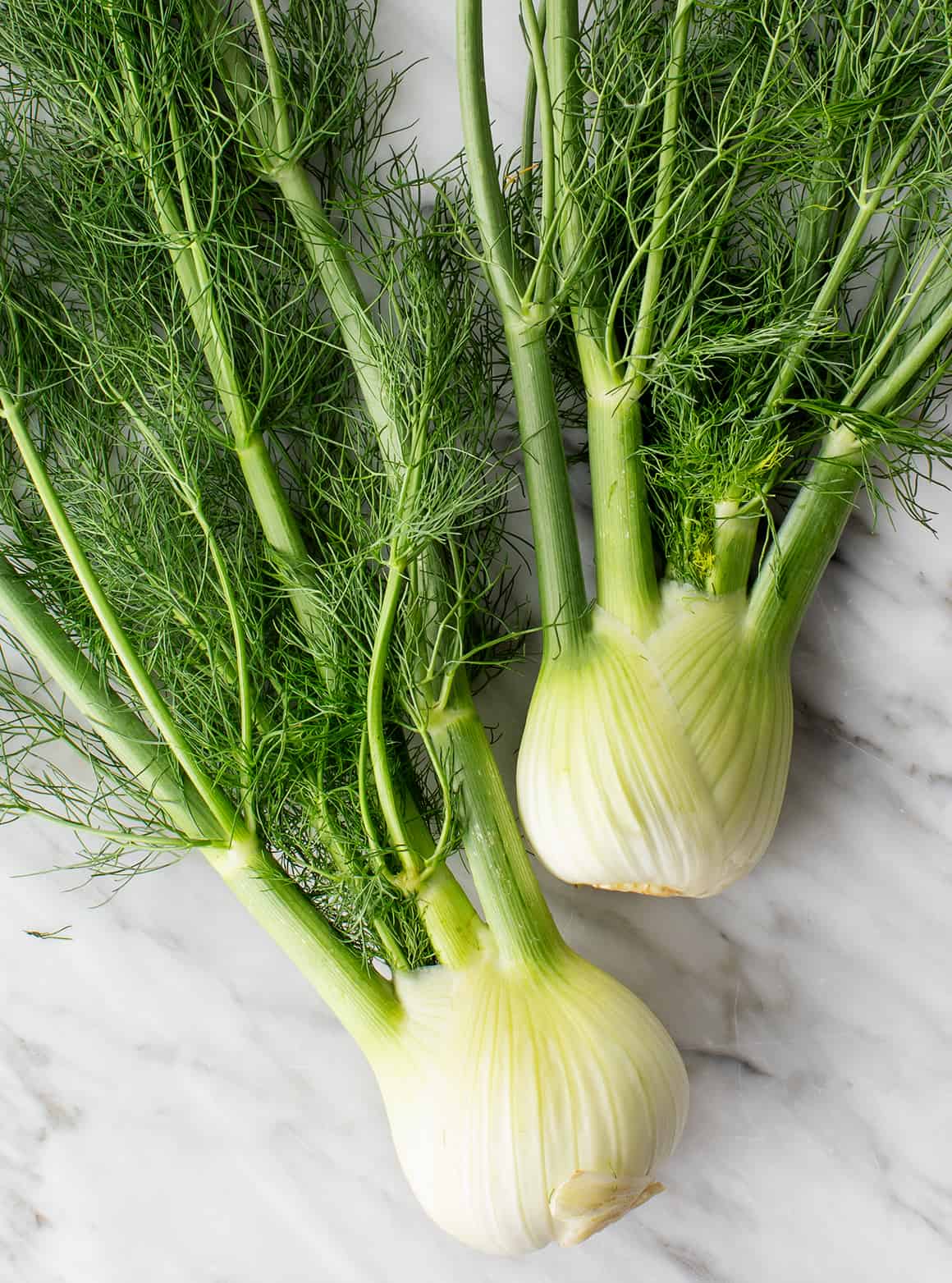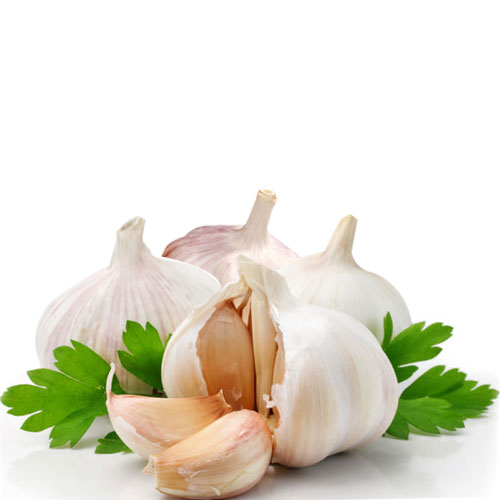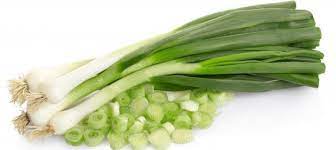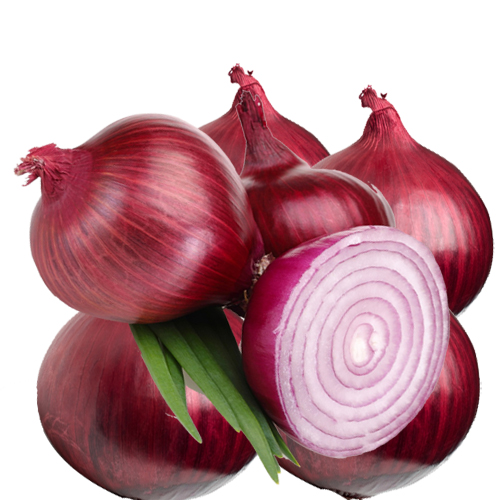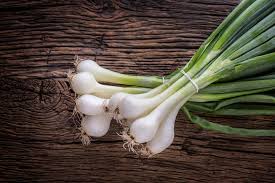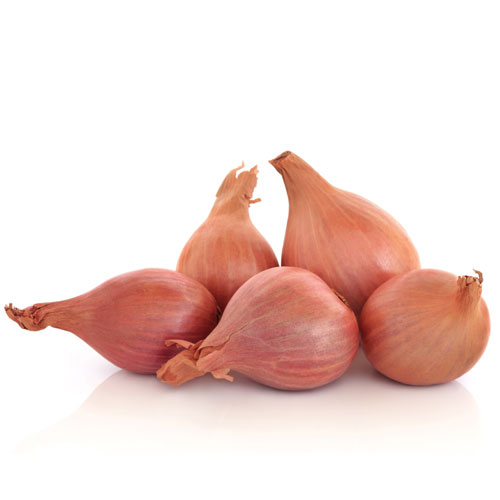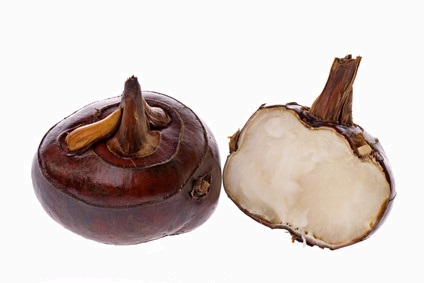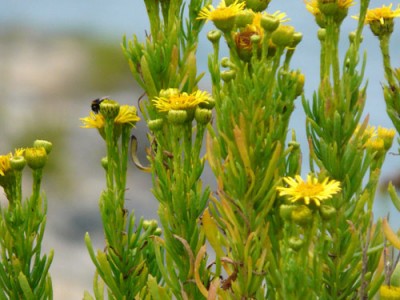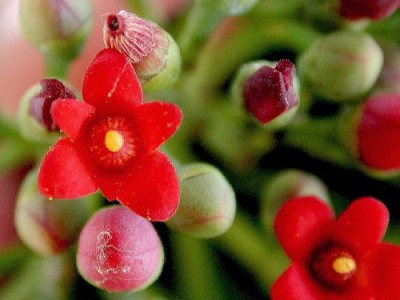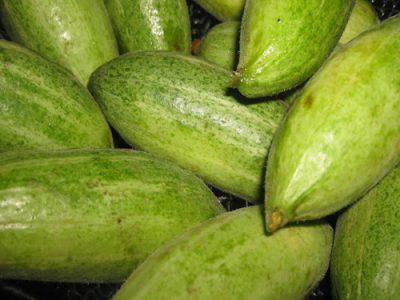
Bulb Vegetables
BULB VEGETABLES
Plants that grow below the ground and produce edible bulbs are called bulb vegetables.
In these bulb vegetables, the practice of eating the bulb part is encouraged more than eating the leaf part.
These vegetables are used as medicines because of their cancer-preventing and immunity-boosting properties.
They also help in improving the function of the central nervous system.
The nutrients provided by these vegetables are immense as they are believed to be essential to gain healthy skin and eyes.
Mostly, they are used in food dishes to enhance the flavour of the food.
LIST OF BULB VEGETABLES
1)CHIVES
2) FENNEL
3) GARLIC
4) KURRAT
5) LEEKS
6) ONION
7) SCALLIONS
8) SHALLOT
9) WATER CHESTNUT
CHIVES-Allium schoenoprasum
Chives are green vegetables that belong to Allium Genus. Chives are cool-season, cold-tolerant perennials. Chives thrive in both warm and cold temperatures. Depending on the variety planted, the magical herb grows about 10-20 inches high. It blossoms with beautiful pinkish-purple flowers. These vegetables are low in calories, whereas high in nutrients and antioxidants. They are rich in Vitamin K, which helps in bone health. Chives contain folate. They also contain lutein and zeaxanthin, which are carotenoids. These lutein and zeaxanthin accumulate in the retina of the eye to help prevent age-related macular degeneration.
CHIVES (Allium schoenoprasum) are a member of the onion family and are closely related to garlic, onions and leeks. They are small, bulbous perennials that grow in clumps and have long, slender leaves that are hollow in the center. The leaves are usually about 10-20 cm long and about 2-3 cm wide, and they have a mild onion flavor. The flowers of chives are small, white, and star-shaped, and they are typically found in clusters. Chives are native to Europe, Asia, and North America, and they have been cultivated since ancient times. They were used by the ancient Greeks and Romans, and they were also used by the Chinese and Japanese in traditional medicine. Chives were also used to flavor food and as an herbal remedy. In the Middle Ages, chives were believed to have medicinal properties and were used to treat ailments such as colds and fever. Today, chives are widely used in many cuisines around the world. They are commonly found in salads, soups, omelettes, stews, and sauces. Chives are also popular as a garnish for potatoes, fish, and other dishes. They can also be used in a variety of recipes such as chive butter, chive pesto, and chive cream cheese. Chives are a great source of vitamins A, C, and K, as well as iron, calcium, and magnesium. They are low in calories and fat, and they are a good source of dietary fiber. Chives also contain antioxidants that can help protect the body from free radical damage. Chives are easy to grow and can be planted in the ground or in containers. They prefer full sun and moist, well-drained soil. Chives should be watered regularly and fertilized in the spring and fall. The leaves can be harvested when they are young and tender, and they can be frozen or dried for future use. In addition to being used in cooking, chives are also used in traditional medicine. They are believed to help with digestion, reduce inflammation, and protect against cancer.
FENNEL-Foeniculum vulgare
Fennel is a member of the carrot family, though it’s not a root vegetable.
The base of its long stalks weave together to form a thick, crisp bulb that grows above ground.
Every part of it is edible, from the bulb to the flowers, and it can be eaten raw or cooked.
Well drained loamy soil or black or sandy soil rich in organic matter is suitable for fennel cultivation.
Their dried seeds and oil are used in both food and medicine.
It improves heart health, reduces inflammation, suppresses appetite, and even provides anticancer effects.
Fennel is used for various digestive problems including heartburn, intestinal gas, bloating, loss of appetite, and colic in infants. They are also used in curing upper respiratory tract infections, coughs, bronchitis, cholera, backache, and visual problems.
Fennel, also known as Foeniculum vulgare, is an aromatic herb that is native to the Mediterranean region. It is a member of the Apiaceae family and closely related to carrot, parsley, celery, and dill. The herb has been used for culinary, medicinal and ornamental purposes for centuries. Fennel has a sweet, licorice-like flavor and can be used both as a flavoring and a garnish. The plant grows in a tall, feathery mound with bright green leaves and yellow flowers. The herb is available in both fresh and dried forms, and the seeds and leaves can be used in cooking. The leaves are often used as a garnish, while the seeds are used to add flavor to a variety of dishes. Fennel has a number of medicinal properties and has been used for centuries to treat a variety of ailments. Ancient Greeks and Romans used fennel to help digestion, reduce flatulence, and reduce inflammation.
Fennel has also been used to help relieve symptoms of menopause, improve circulation, reduce anxiety, and promote sleep. Some studies have found that regular consumption of fennel can help reduce cholesterol levels and blood pressure, and may help protect against certain forms of cancer. Fennel is also an attractive ornamental plant and can be used in the garden to attract beneficial insects and birds. The plant has a long flowering period and is attractive to bees and other pollinators. Fennel is relatively easy to grow and can be planted in full sun or partial shade. The plant is drought-tolerant and can tolerate a wide range of soil conditions. Fennel is a versatile herb with a variety of uses. It can be used fresh, dried, or cooked and has a sweet, licorice-like flavor. The herb has a number of medicinal properties and can be used to help reduce inflammation, improve digestion, and reduce cholesterol levels. Fennel is also an attractive ornamental plant and can be grown in the garden to attract beneficial insects and birds.
GARLIC-Allium sativum
Garlic grows underground in the form of a bulb. Garlic is a member of the lily family. Its intense and unique flavor and aroma make it a mainstay of cuisines around the world. It is native to central Asia but grows wild in Italy and southern France. Garlic is low in calories and rich in vitamin C, vitamin B6, and manganese. It also contains trace amounts of various other nutrients. It helps in reducing high levels of blood pressure and cholesterol. It is used for curing cold and flu by boosting the immune system.
Allium sativum, commonly known as garlic, is an edible bulbous plant species in the onion family, Alliaceae. It has been cultivated for thousands of years and is used for both culinary and medicinal purposes. Garlic is native to Central Asia and has long been a staple in many cultures around the world. It has a strong aroma and flavor that makes it a popular ingredient in many dishes. Garlic’s bulb is composed of several cloves which are wrapped in a thin white membrane. The color of the cloves varies from white to pinkish-gray. The bulb is usually divided into two parts, the larger of which is the base, and the smaller of which is the top. Garlic can be consumed raw or cooked and is used for seasoning many dishes. It is also used to make sauces and condiments. Garlic is believed to have many health benefits, including reducing inflammation, boosting the immune system, and aiding in the prevention of cardiovascular disease. It is also said to have antibacterial, antifungal, and antiviral properties. Garlic has been used in traditional medicine for centuries and is thought to help treat a variety of ailments, including colds, flu, and infections.
Garlic is also known to be a powerful antioxidant and can help protect cells from damage caused by free radicals. It is also thought to help reduce cholesterol levels and improve blood flow. Additionally, garlic is believed to help lower blood pressure and reduce the risk of certain types of cancer. Garlic can be used in many different dishes, including salads, soups, sauces, and marinades. It can also be roasted, boiled, or fried. Garlic is also popularly used as a seasoning in many dishes. It can be added to vegetables, pasta, and meat dishes. In addition to its culinary uses, garlic is also used to create natural remedies such as garlic oil, garlic tea, and garlic tablets. Garlic oil can be used topically for skin irritations and infections. Garlic tea is believed to help with digestive issues and help to reduce fever. Garlic tablets are also available and are said to help with a variety of ailments.
KURRAT-Allium kurrat
Leeks that are grown in Egypt are called kurrat.Kurrats are smaller in size when compared to Leeks.
They are now predominantly grown in the Middle east and have been cultivated in Egypt for at least 2500 years. The edible parts of the plant are flowers ,leaves and roots.They contain Sulphur compounds which helps in cardiovascular health, bone health, blood sugar control, and detoxification. The crude juice and ether extract of Allium Kurrat was fount to be active against Escherichia coli and Bacillus subtilis(bacteria).The juice of Kurrat used as a moth repellent. It is used act as a tonic to the digestive system and also tonify the circulatory system.
Kurrat-Allium is a species of onion that is native to parts of Southwest Asia and Northern Africa. It is a member of the Allium genus, which also includes garlic, onions, leeks, and chives. Kurrat-Allium is a bulbous perennial herb and is related to the common onion. It grows to a height of up to 40 cm, with a rosette of leaves and a thick stem. The leaves are long and narrow, and the flowers are pink or white in color. Kurrat-Allium has a unique flavor that is both sweet and pungent. The bulbs are the most commonly used part of the plant and can be eaten raw or cooked. The leaves and flowers can also be used to flavor salads and soups. Kurrat-Allium has many culinary and medicinal uses. It has been used to treat colds, coughs, and fever in traditional medicine for centuries.
It is also an excellent source of vitamin C, as well as other vitamins and minerals.Kurrat-Allium has also been used as a natural remedy for digestive issues and to boost the immune system. In the kitchen, Kurrat-Allium can be used as an aromatic, added to soups and stews for flavor, and as a garnish. It can also be pickled and served as part of a mezze platter. The leaves can be used in salads and the flowers can be used as a garnish. Kurrat-Allium is relatively easy to grow, but it must be planted in well-draining soil and kept away from direct sunlight. It should be watered regularly and fertilized every few weeks. The bulbs should be harvested in the late summer or early fall. Kurrat-Allium is an excellent addition to a range of dishes and can make an interesting and tasty addition to any meal. Its unique flavor and its many health benefits make it a great choice for anyone looking to add something new and delicious to their diet.
LEEKS -Allium porrum
Leeks are a bulbous vegetable with white flesh and leafy green tops and belong to the onion family. Leeks are grown in a sunny spot in soil that is fertile and well-drained. They have a sweet, oniony flavor . There are a number of leek varieties, though the vegetable is separated into two general types:
- Early season
- Late season
Early season leeks tend to grow faster due to warmer temperatures, but they’re smaller and milder in flavor. Late-season leeks have a wider stalk and a slower maturation rate.Leeks are rich in flavonoids, especially one called kaempferol. Flavonoids are antioxidants and may have anti-inflammatory, anti-diabetic, and anticancer properties, as well as other health benefits.
Leek (Allium porrum) is a type of vegetable belonging to the Allium species, which is the same family as onions, garlic, shallots, and chives. It is a cool-season biennial plant that is typically grown as an annual vegetable crop. Leeks have a mild onion flavor, white stems, and long flat green leaves. Leek has been an important food source for centuries and is believed to have originated in the Mediterranean region. It has been cultivated since ancient times, and is thought to have been used as a food source by the ancient Egyptians and Greeks. In the Middle Ages, leeks were a popular vegetable in Europe, and were even used as a currency in some areas. Leek is a nutrient-dense food, which means it is high in nutrients and low in calories. It is an excellent source of vitamin A, C, K, and B6, as well as iron, magnesium, phosphorus, and manganese. It is also a good source of dietary fiber, folate, and potassium. Leek is typically eaten cooked, but it can also be eaten raw. It is often used in soups, stews, casseroles, and salads. It can be roasted, sautéed, boiled, or braised.
It can also be used in other dishes such as quiches, frittatas, and omelets. Leek is a versatile vegetable that can be used in a variety of dishes. It is an important ingredient in many traditional dishes, such as the French soup, vichyssoise, and the Welsh dish cawl. It can also be used in a variety of other dishes, such as grilled meats, fish, and poultry. Leek has a mild flavor, so it can be used in a variety of dishes to add flavor without overpowering the other ingredients. It can also be used as a substitute for garlic and onions in many recipes. Leek is an easy and affordable vegetable to grow. It grows best in well-drained soil, in full sun or partial shade, and requires minimal care. It is relatively pest and disease-resistant, and has few problems with diseases or pests. Leek is a healthy, nutritious, and delicious vegetable that has been enjoyed for centuries. It is an excellent source of vitamins, minerals, and dietary fiber, and is a versatile ingredient that can be used in a variety of dishes. It is an easy and affordable vegetable to grow, and can be enjoyed in many different forms.
ONIONS-Allium cepha
Onion plants are a plant species under the Allium genus in the Amaryllidaceae family. The onion plant in botany is called Allium cepa.Onions have been a staple plant in the diet of humans for more than 7,000 years, and during much of that time, they were cultivated. There are still wild species in certain areas of Asia, but overall, onions are a globally grown and cultivated plant. Onions contain organic sulfur compounds. These compounds are the reason why onions have such a sharp, strong taste and smell. They help in lowering the risk of cancer , heart disease and maintaining the sugar level. The potential antibacterial properties of onion may include extensive antifungal applications, which have made it a household name in antifungal relief. Onion plants can be grown in well-drained and moist soil.
The onion is a biennial plant, meaning it requires two years to complete its life cycle. The onion bulb is the edible part of the plant, and is composed of several layers of fleshy, edible scales. The outer layer of the bulb is thin and papery, while the inner layers are white or yellowish in color. The bulb is surrounded by a papery sheath, which is the base of the leaf. The leaves of the onion are long and flat, and range in color from green to white. Onions are low in calories and contain essential vitamins and minerals such as vitamin C, folate, potassium, and manganese. They are also a good source of dietary fiber and phytonutrients such as quercetin and allicin, which can have antioxidant and anti-inflammatory effects. Onions are commonly used in cooking, added to dishes to enhance flavor and texture. They can be eaten raw in salads, or cooked and added to a variety of dishes such as soups, stews, and curries. Onions can also be pickled or fried for a crunchy snack.
Onions are an important crop for many farmers and are grown in many different climates, from tropical to temperate. They are often grown in large fields, but can also be grown in containers or small plots. Onion farming is labor-intensive, as the bulbs must be harvested by hand. Onions are an essential part of many cuisines around the world and are used in a variety of dishes. Onions can be used to impart a sweet, mild flavor to dishes, or they can be cooked until they are caramelized and deeply flavorful. Onions are also often used as a garnish or as a flavor enhancer in many dishes. Onions are a versatile vegetable that can be used in a variety of dishes and have a range of health benefits. They are an excellent source of vitamins, minerals, and antioxidants, and can help to reduce inflammation and improve heart health. Onions are an essential part of many diets around the world and can be enjoyed raw, cooked, or pickled.
SCALLIONS-Allium fistulosum
Scallions are also known as spring onions or green onions. They are vegetables derived from various species in the genus Allium. They are harvested when young and before the white bulb has time to form properly and are tender and mild with a long white slender neck and hollow green tops.Scallions are an abundant source of vitamin C, B-complex vitamins such as vitamin B1 (thiamine), vitamin B2 (riboflavin) and vitamin B3 (niacin).Scallions are also a good source of various vitamins and minerals such as carotenoids, calcium, potassium and antioxidants. Due to such a healthy composition, scallions receive considerable attention.Scallions are beneficial for diabetics because of its high antioxidant potential. High blood sugar level increases oxidative stress (inability of the body to detoxify harmful substances such as free radicals), which further leads to the progression of diabetes.
Scallions, also known as Allium fistulosum, are a type of onion that is part of the Allium genus, which includes more than 500 species of bulbs. Scallions are one of the most commonly used vegetables in cooking, and they are often used as a garnish or flavor enhancer. Scallions are usually harvested when they are young, and they have a milder flavor than other types of onion. They have a white base and a long, thin green stalk that is hollow inside. The white base is edible, and it has a mild, onion-like flavor. The green stalk is the most popular part of the scallion, and it has a sweet, slightly spicy flavor. Scallions are a great source of vitamin C and dietary fiber, and they are low in calories. They also contain calcium, potassium, and iron. Scallions are a great addition to many dishes, and they can be used in salads, as a garnish, as an ingredient in stir-fries, and as a base for sauces. Scallions can be cooked in a variety of ways, including sautéing, roasting, braising, and grilling.
They can also be eaten raw in salads or as a side dish. When cooked, scallions have a sweet, mild flavor and a tender texture. Scallions can be stored for up to two weeks in the refrigerator. They should be kept in a paper bag or plastic bag to prevent them from drying out. If they are stored in a glass jar, they should be kept in a dark area. Scallions are a popular ingredient in many cuisines around the world, including Chinese, Japanese, and Mexican. They can also be used in soups and stews to add flavor and texture. Scallions are a versatile vegetable that can be used in a variety of dishes.
SHALLOT -Allium ascalonicum
Shallots are formed in clusters of offsets with a head composed of multiple cloves. They grow in fertile soil and are of low maintenance.They are originated in Asor Minor. The skin colour can vary from golden brown to gray to rose red, and their off-white flesh is usually tinged with green or magenta. Compared with common onions, shallots are a more concentrated source of protein, fiber, and micronutrients, including calcium, iron, magnesium, phosphorus, potassium, zinc, copper, folate, B vitamins, and vitamins A and C. They offer an interesting culinary flavor to foods and can be used either fresh or as a pickled vegetable product.
Shallot (Allium ascalonicum) is a type of perennial bulbous plant belonging to the onion genus, Allium. It is a close relative of the onion, and its flavor resembles a milder version of the onion. The shallot has a thin, papery skin and is typically formed in a cluster of multiple bulbils. It is native to the eastern Mediterranean region, including the Middle East and parts of Asia, and is widely cultivated around the world. Shallots have a mild, sweet flavor when cooked, making them a popular choice for adding subtle flavor to a variety of dishes. They can be used fresh in salads, as a garnish for soups, or cooked in a variety of dishes such as roasts, stir fries, and casseroles. Shallots can also be pickled and used as a condiment. Shallots are a great source of vitamins and minerals, including vitamin C, vitamin B6, folate, and manganese.
They are also a good source of fiber and contain small amounts of protein and fat. Shallots are low in calories, making them a great addition to a healthy diet. Shallots can be purchased fresh in the produce section of most grocery stores. They can also be purchased in jars, either peeled or unpeeled. When purchasing fresh shallots, look for bulbs that are firm and have a bright, shiny skin. Unpeeled shallots can be stored in a cool, dark place for up to two weeks. Peeled shallots should be stored in the refrigerator and used within a few days. Shallots are easy to prepare and can be used in a variety of ways. They can be sautéed, roasted, or boiled. They can also be pickled or preserved in olive oil. When slicing shallots, it is important to use a very sharp knife to avoid a bitter flavor. Shallots are a versatile ingredient that can add subtle flavor to a variety of dishes. They are a great source of vitamins and minerals, and are low in calories, making them a great addition to a healthy diet.
WATER CHESTNUT -Eleocharis dulcis
Water chestnuts, also known as Chinese water chestnuts, are tuberous, aquatic vegetables that grow underwater in marshes. This is often cultivated in paddy fields as it requires a lot of water to grow. It is a grass-like plant widely distributed in Southeast Asia, Africa, Australia, and some Pacific and Indian Ocean islands. Although a water chestnut resembles an actual chestnut, it is not a nut but a vegetable with a thick brown peel and an inner crisp white flesh that contains a high amount of water. It has a delicate taste and a crunchy texture .The raw water chestnut is an excellent source of potassium, riboflavin, magnesium and phosphorus. It helps in weight-loss ,providing antioxidants and lowering blood pressure. It is used in stir-fried and sautéed vegetable dishes, or served raw in salads.
The Water Chestnut (Eleocharis dulcis) is a type of aquatic plant that is native to tropical and subtropical parts of Asia and Africa. It has been cultivated in China for centuries and is commonly used in Indian, Chinese, and Southeast Asian cuisines. The Water Chestnut is an aquatic perennial that grows in water up to 4 feet deep. It is a grass-like plant, with long, thin stems that can reach up to 3 feet in length. They have small, thin, light green leaves and small white flowers. Its edible portion is the corm, which is the swollen, underground stem. The corms are light brown, round, and about the size of a marble. They can be eaten raw, or boiled, steamed, or roasted. Water Chestnuts are a good source of nutrients, including carbohydrates, protein, fiber, and vitamins. They are also a good source of minerals such as calcium, magnesium, and potassium.
They are low in calories and fat, and are a good source of dietary fiber, making them a healthy food choice. Water Chestnuts are often used in Asian cuisine as a crunchy and nutty addition to stir-fries, salads, and soups. They are also used in desserts, such as sweet and sour Chinese desserts. They can be boiled, steamed, roasted, or added to noodle dishes. Water Chestnuts can also be canned and used in a variety of dishes. Water Chestnuts are also grown in ponds and lakes in the United States, primarily for ornamental uses. They are popular in aquatic gardens and water features, and can help to reduce algae growth and improve water quality. The Water Chestnut is a versatile plant that can be used in a variety of ways. It can provide a nutritious and tasty addition to many meals, as well as a beautiful addition to water features. With its long history of cultivation, it is a valuable food source for many cultures around the world.
COMPARISON OF BULB VEGETABLESS
LEEKS AND ONION
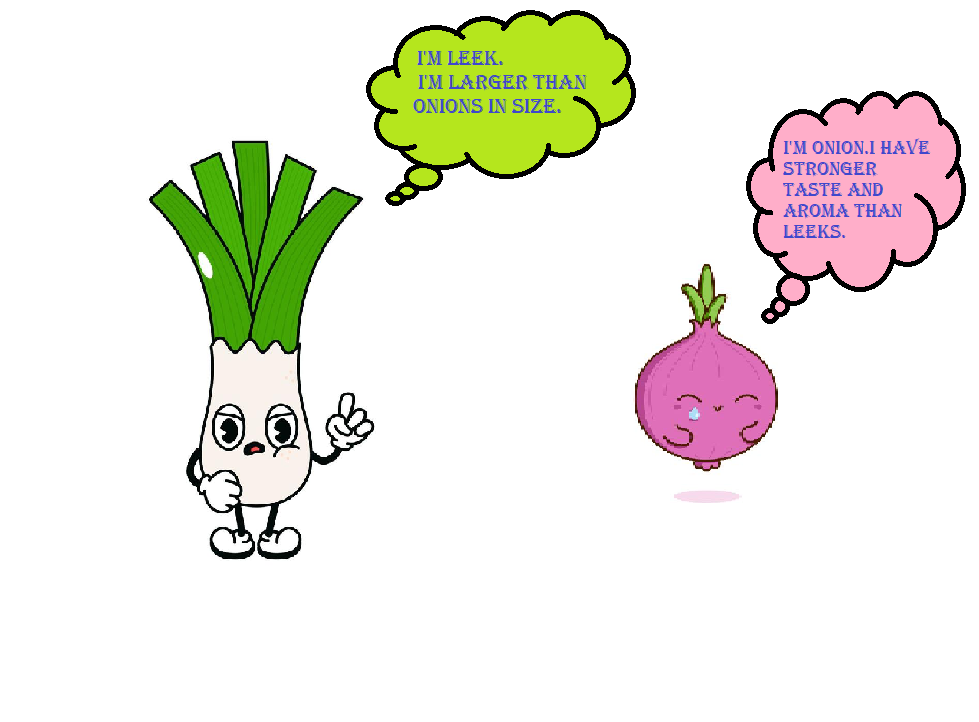
| Leeks | Onion |
|---|---|
|
|
SCALLIONS AND SHALOTS
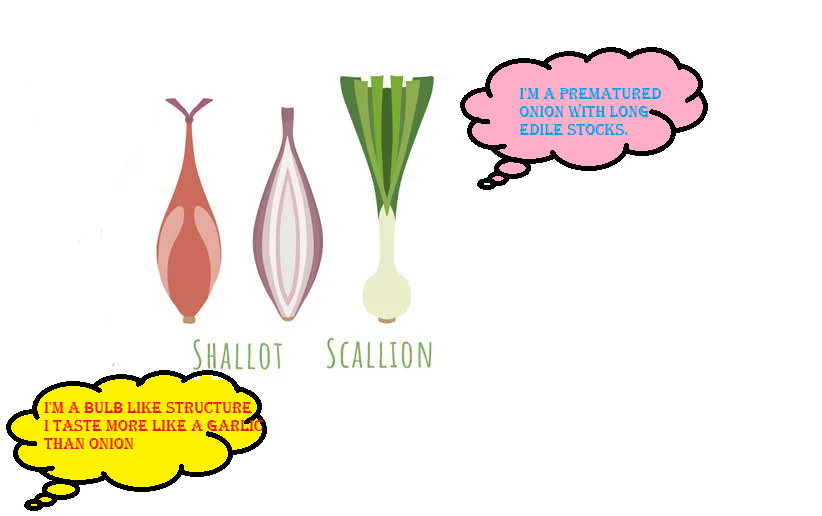
| Scallions | Shallots |
|---|---|
| Scallions are premature onions with long edible stocks. | Shallots taste more like a garlic than onions. |

